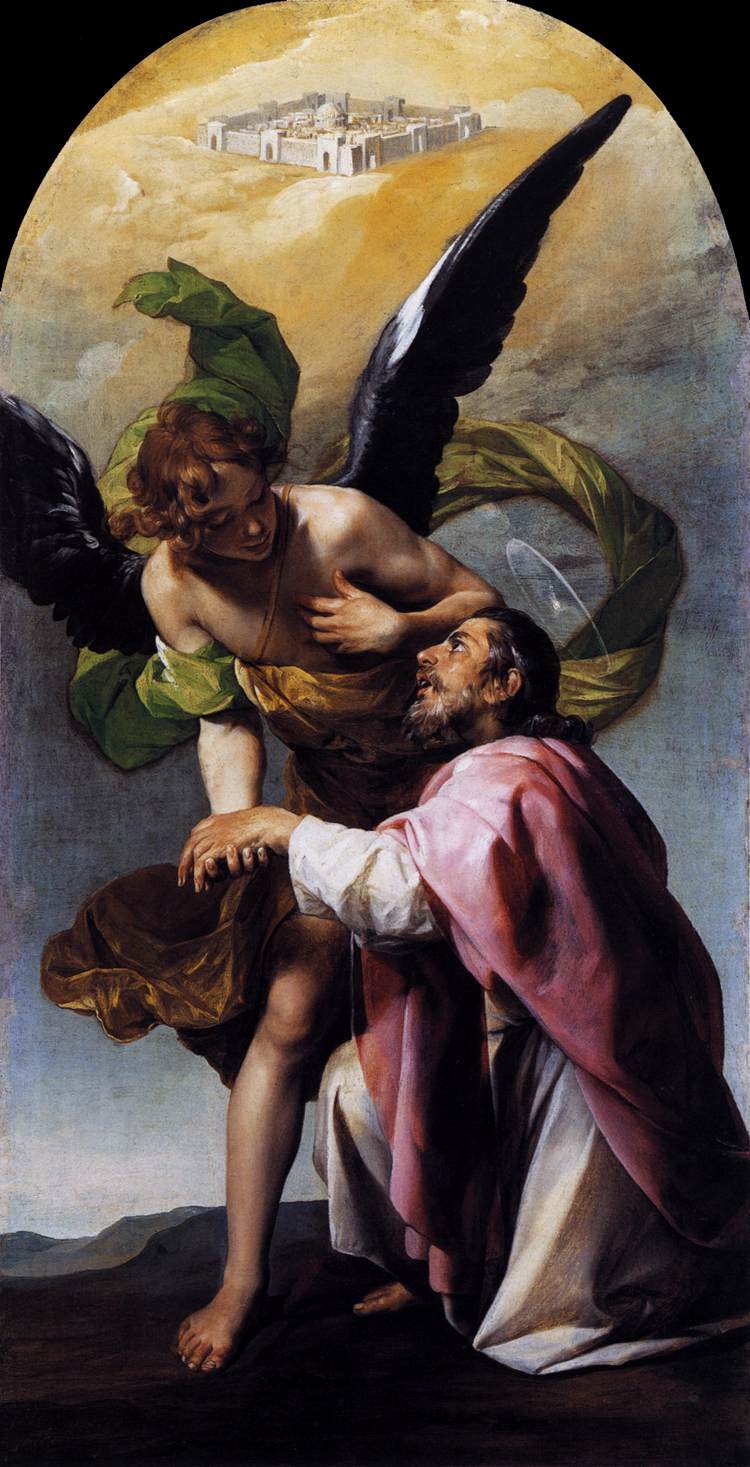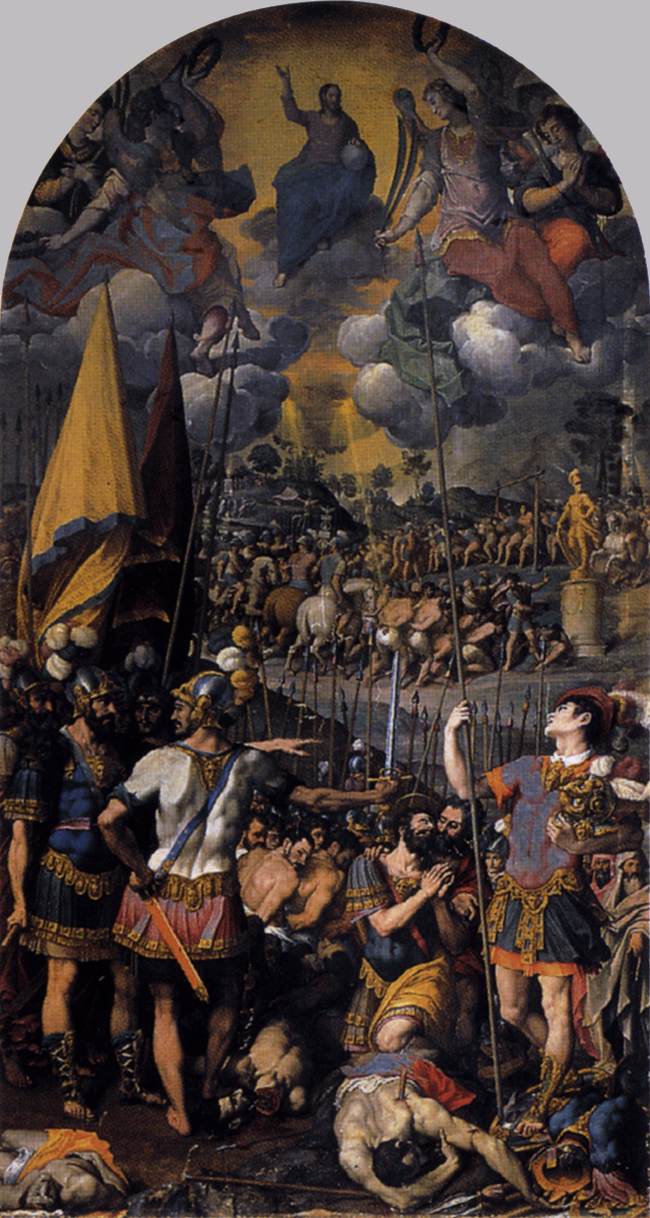|
Museum Of Guadalajara
The Museum of Guadalajara ( es, link=no, Museo de Guadalajara, also ''Museo Provincial de Guadalajara'') is a State-owned museum in Guadalajara, Spain. Opened in 1838, it is the oldest provincial museum in the country. It features sections of Fine Arts, Archaeology and Ethnography. It is hosted at the Palacio del Infantado since 1973. History Created by means of a May 1837 Royal Order, the provincial museum was opened on 19 November 1838. It was originally hosted at the Convent of La Piedad. It moved to different premises, including the Palace of El Infantado, the former convent of La Concepción, back to La Piedad and the Palace of the Provincial Deputation. Following decades of discontinued existence, it was opened again at the Palacio del Infantado on 11 July 1973. Its management (not the ownership, retained by the Spanish State) was transferred to the Regional Government of Castile-La Mancha by means of a 1984 agreement. Collection The museum displays items from the pr ... [...More Info...] [...Related Items...] OR: [Wikipedia] [Google] [Baidu] |
Palacio Del Infantado
The Palace of El Infantado (Spanish language, Spanish: ''Palacio del Infantado'') is a palace located in Guadalajara (España), Guadalajara, Spain. An example of the Isabelline (architectural style), Isabelline architectural style, it dates from the 15th century and was the seat of the Dukes of the Infantado. Conservation and access The building has been protected by a heritage listing, currently ''Bien de Interés Cultural'', since 1914, but was one of a number of buildings in Guadalajara which suffered damage in the Spanish Civil War. Since 1973, it houses the Museum of Guadalajara. References Isabelline architecture Bien de Interés Cultural landmarks in the Province of Guadalajara Buildings and structures in Guadalajara, Spain Palaces in Castilla–La Mancha {{Spain-palace-stub ... [...More Info...] [...Related Items...] OR: [Wikipedia] [Google] [Baidu] |
Cogolludo
Cogolludo is a municipality located in the province of Guadalajara, Castile-La Mancha, Spain. It forms part of the comarca of La Serranía and was the manorial home of the Dukes of Medinaceli. In 2015, it had a population of 600 inhabitants. The historic Church of Santa María stands in the town. Name and symbols Its original name was ''Cugullent'', from the Latin ''cucullus'', which means "cap." This alludes to its location on a hill and to the crowding of its houses that mimics the appearance of a pineapple or bud. "Bud" would come to mean, according to other authors, "mound with a steep slope." The municipal coat of arms - approved by decree on December 20, 1985 - is the following: Cut: 1st and 4th part, made of gules, golden tower masoned with sable and clarified with gules; silver match the rampant lion of gules; 2nd and 3rd, of azure, three golden lyses, 2-1. At the top, royal crown closed. -Official Gazette of Castilla-La Mancha No. 52 of December 31, 1985 The mun ... [...More Info...] [...Related Items...] OR: [Wikipedia] [Google] [Baidu] |
Ethnographic Museums In Spain
Ethnography (from Greek language, Greek ''ethnos'' "folk, people, nation" and ''grapho'' "I write") is a branch of anthropology and the systematic study of individual cultures. Ethnography explores cultural phenomena from the point of view of the subject of the study. Ethnography is also a type of social research that involves examining the behavior of the participants in a given social situation and understanding the group members' own interpretation of such behavior. Ethnography in simple terms is a type of qualitative research where a person puts themselves in a specific community or organization in attempt to learn about their cultures from a first person point-of-view. As a form of inquiry, ethnography relies heavily on participant observation—on the researcher participating in the setting or with the people being studied, at least in some marginal role, and seeking to document, in detail, patterns of social interaction and the perspectives of participants, and to und ... [...More Info...] [...Related Items...] OR: [Wikipedia] [Google] [Baidu] |
Art Museums And Galleries In Spain
Art is a diverse range of human activity, and resulting product, that involves creative or imaginative talent expressive of technical proficiency, beauty, emotional power, or conceptual ideas. There is no generally agreed definition of what constitutes art, and its interpretation has varied greatly throughout history and across cultures. In the Western tradition, the three classical branches of visual art are painting, sculpture, and architecture. Theatre, dance, and other performing arts, as well as literature, music, film and other media such as interactive media, are included in a broader definition of the arts. Until the 17th century, ''art'' referred to any skill or mastery and was not differentiated from crafts or sciences. In modern usage after the 17th century, where aesthetic considerations are paramount, the fine arts are separated and distinguished from acquired skills in general, such as the decorative or applied arts. The nature of art and related concepts, such ... [...More Info...] [...Related Items...] OR: [Wikipedia] [Google] [Baidu] |
Archaeological Museums In Spain
Archaeology or archeology is the scientific study of human activity through the recovery and analysis of material culture. The archaeological record consists of artifacts, architecture, biofacts or ecofacts, sites, and cultural landscapes. Archaeology can be considered both a social science and a branch of the humanities. It is usually considered an independent academic discipline, but may also be classified as part of anthropology (in North America – the four-field approach), history or geography. Archaeologists study human prehistory and history, from the development of the first stone tools at Lomekwi in East Africa 3.3 million years ago up until recent decades. Archaeology is distinct from palaeontology, which is the study of fossil remains. Archaeology is particularly important for learning about prehistoric societies, for which, by definition, there are no written records. Prehistory includes over 99% of the human past, from the Paleolithic until the advent of ... [...More Info...] [...Related Items...] OR: [Wikipedia] [Google] [Baidu] |
National Archaeological Museum (Madrid)
The National Archaeological Museum ( es, Museo Arqueológico Nacional; MAN) is a museum in Madrid, Spain. It is located on Calle de Serrano beside the Plaza de Colón, sharing its building with the National Library of Spain. History The museum was founded in 1867 by a Royal Decree of Isabella II as a depository for numismatic, archaeological, ethnographical and decorative art collections of the Spanish monarchs. The establishment of the museum was predated by a previous unmaterialised proposal by the Royal Academy of History in 1830 to create a museum of antiquities. The museum was originally located in the Embajadores district of Madrid. In 1895, it moved to a building designed specifically to house it, a neoclassical design by architect Francisco Jareño, built from 1866 to 1892. In 1968, renovation and extension works considerably increased its area. The museum closed for renovation in 2008 and reopened in April 2014. Following a restructuring of the collection in the 19 ... [...More Info...] [...Related Items...] OR: [Wikipedia] [Google] [Baidu] |
Romulo Cincinato
Romulo Cincinato or Cincinnato (1502 – c. 1593) was an Italian painter of the Renaissance period, active in Spain after 1567. His two sons, Diego and Francisco Romulo were painters in Spain. Biography Born in Florence Florence ( ; it, Firenze ) is a city in Central Italy and the capital city of the Tuscany region. It is the most populated city in Tuscany, with 383,083 inhabitants in 2016, and over 1,520,000 in its metropolitan area.Bilancio demografico an ..., he was recruited by the Spanish Ambassador to the Holy See in Rome, and commended to Philip II, king of Spain. An altar-piece representing the Circumcision in the Jesuits' Church at Cuenca was his master-piece. He was accompanied by Patricio Caxes of Arezzo, who painted much in the Pardo. Cincinato also painted for the Escorial.''Painting, Spanish and French'', By Gerard William Smith, page 20 References External links Scholarly articlesin English about Romulo Cincinato both in web anPDF@ thSpanish Old Mas ... [...More Info...] [...Related Items...] OR: [Wikipedia] [Google] [Baidu] |
Alonso Cano
Alonso Cano Almansa or Alonzo Cano (19 March 16013 September 1667) was a Spanish painter, architect, and sculptor born in Granada.Alonso Cano – article Biography  He learned architecture from his father, ;
He learned architecture from his father, ; [...More Info...] [...Related Items...] OR: [Wikipedia] [Google] [Baidu] |
Lupiana
Lupiana is a municipality located in the province of Guadalajara, Castile-La Mancha, Spain. According to the 2004 census (INE INE, Ine or ine may refer to: Institutions * Institut für Nukleare Entsorgung, a German nuclear research center * Instituto Nacional de Estadística (other) * Instituto Nacional de Estatística (other) * Instituto Nacional Elec ...), the municipality has a population of 227 inhabitants. References Municipalities in the Province of Guadalajara {{CastileLaMancha-geo-stub ... [...More Info...] [...Related Items...] OR: [Wikipedia] [Google] [Baidu] |
Molina De Aragón
Molina de Aragón is a municipality located in the province of Guadalajara, Castile-La Mancha, Spain. According to the 2009 census (INE), the municipality had a population of 3,671 inhabitants. It holds the record (−28.2 °C) for the lowest temperature measured by a meteorological station in Spain. It was the seat of the taifa of Molina, a Moorish independent state, before it was reconquered by the Christians of Alfonso I of Aragon in 1129. On 21 April 1154 Manrique Pérez de Lara issued a sweeping ''fuero'' to the town of Molina, which he was building into a semi-independent fief.Simon Barton, ''The Aristocracy in Twelfth-century León and Castile'' (Cambridge: Cambridge University Press, 1997), 265. He and his descendants claimed to rule Molina ''Dei gratia'' ("by the grace of God"). Molina is also the type location of the carbonate mineral aragonite. Main sights *Medieval alcazar (10th–11th centuries), the largest in the province *Roman bridge (''Puente Viejo'') *Co ... [...More Info...] [...Related Items...] OR: [Wikipedia] [Google] [Baidu] |
Palace Of The Dukes Of Medinaceli (Cogolludo)
The commonly called Palace of the Dukes of Medinaceli (Spanish: ''Palacio de los Duques de Medinaceli'') is a Renaissance palace located in Cogolludo, Spain, and is one of the most ancient sites of the region. One of the oldest titles of the House of Medinaceli is the marquisate of Cogolludo, traditionally borne by the heir to the Dukedom of Medinaceli itself. The palace of the marquises of Cogolludo is a gem of pure Spanish renaissance architecture, constructed between c. 1480 and 1502. It was a show of power for the House of Medinaceli, along with a display of wealth and and influence. It is one of a number of monuments most closely associated with the Dukes of Medinaceli, and was their ducal palace. It was declared ''Bien de Interés Cultural'' (historical and architectural landmark) in 1931. The Palace of the Dukes of Medinaceli was restored in 2012. Visitors are allowed into the interior of the building; but must do so with a tour guide managed by the tourist office. Histor ... [...More Info...] [...Related Items...] OR: [Wikipedia] [Google] [Baidu] |
Guadalajara, Spain
Guadalajara (, ) is a city and municipality in Spain, located in the autonomous community of Castilla–La Mancha. It is the capital of the Province of Guadalajara. Lying on the central part of the Iberian Peninsula at roughly metres above sea level, the city straddles the Henares River. it has a population of 86,222 which makes it the region's second most populated municipality. History Alleged identification with ''Arriaca'' A Roman town called ''Arriaca'', possibly founded by a pre-Roman culture, is known to have been located in that region. There is however no archeological proof of its existence, only references in texts such as the '' Ruta Antonina'', which describe it as being in the hands of the Carpetani when encountered by the Romans. The city, as ''Caracca'', was incorporated into the Roman province of Hispania Tarraconensis. The city was on the high road from Emerita (modern Mérida) to Caesaraugusta (modern Zaragoza), 22 M. P. northeast of Complutum (modern Alca ... [...More Info...] [...Related Items...] OR: [Wikipedia] [Google] [Baidu] |


.jpg)


